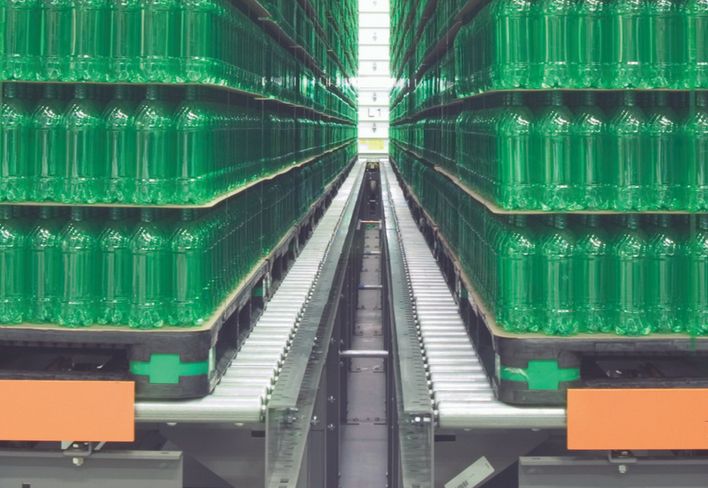-
Global
-
Africa
-
Asia Pacific
-
Europe
-
Latin America
-
Middle East
-
North America
- |
- Partners
- |
-
Currency:Localize your Content
You can set your preferred currency for this account.
Choose a Currency
Currency- CHOOSE YOUR CURRENCY
Update Currency
Changing Currency will cause your current cart to be deleted. Click OK to proceed.
To Keep your current cart, click CLOSE and then save your cart before changing currency.
-
Select Account
Switching accounts will update the product catalog available to you. When switching accounts, your current cart will not move to the new account you select. Your current cart will be available if you log back into this account again.
Account# Account Name City Zip/Post Code CANCELPROCEEDMy Account
-
Support
- View All Productivity Solutions
- Warranties
- Patents
- Global Locations
- Technical Support
- Discontinued Products
- Quality Program and Environmental Compliance
- Return Material Authorization (RMA)
- Legal Documents
- Product Certification
- Software Downloads
- Cyber Security Notifications
- Case Studies and Success Stories
- View All Sensing Solutions
- Sales Contact Form
- Technical Support
- Certificates
- eCOM Portal
- Distributor Inventory
- Return Material Authorization (Test & Measurement)
- Return Material Authorization (Citytech)
- Return Material Authorization (EnviteC)
- Legal Documents
- Intelligent Life Care
- Return Material Authorization (ILC)
-
Global
-
Africa
-
Asia Pacific
-
Europe
-
Latin America
-
Middle East
-
North America
- |
- Partners
- |
You are browsing the product catalog for
You are viewing the overview and resources for
- News & Events
- Featured stories
- 6 Key Considerations When Choosing a Palletizing Strategy
6 Key Considerations When Choosing a Palletizing Strategy


6 Key Considerations When Choosing a Palletizing Strategy
Matt Wicks
October 26, 2016
We recently presented an On The Move webinar called "Conquering palletizing challenges in manufacturing and warehouse environments." One of the most interesting aspects of our webinars is the ability to poll the audience during the presentation and learn more about their operations and preferences. To kick off this webinar, we asked the audience what palletizing method they were currently using. Surprisingly, the majority of attendees were either using manual palletizing procedures (42 percent) or none at all (42 percent). The remainder of the polling group were equally distributed between conventional and robotic palletizing.
These results reveal something that we know all too well: that the importance of palletizing in manufacturing and warehouse operations is something that's often overlooked. Inadequate palletizing processes create a ripple effect throughout the facility's operations that ultimately jeopardize customer commitments and have a direct impact on the bottom line. So, to make sure you're selecting the correct palletizing strategy for your operation, we presented the following six key considerations:
1. Palletizing and line efficiency. The impact of palletizer downtime on operating performance has a direct impact on a facility's overall efficiency. It's important to think of the palletizing function as part of the overall production or distribution system, with inefficiencies causing backups to the whole operation. The speed of your operation plays an important role in the palletizing selection.
2. Packaging trends create new challenges. Less packaging, more fragile materials, smaller items and more totes are changing the palletizing landscape. In some cases, the pallet itself is becoming the consumer display method. All of these factors can dramatically affect stacking patterns and pallet stability.
3. Explosion in the number of SKUs. E-commerce has increased the variety of case and pack sizes, including large packs for club stores and small packs for convenience. This variance requires a palletizer capable of rapid, tool-less changeover to continually adapt.
4. Changing load configurations. End-of-aisle display loads, "label out" preferences and reduced pack strength all impact how pallet loads are constructed. Palletizers must enable frequent pattern revisions and incorporate various options to shore up load strength, such as: shorter loads, stretch film, tier sheets, trays and cap sheets, and corner boards.
5. Increasingly stringent safety requirements. Deploying a palletizing solution in your facility requires careful consideration of applicable safety standards. Robotic and automated solutions must adhere to CAT 3 control system requirements.
6. Labor market challenges. The dwindling pool of qualified workers, increasing minimum wages, high turnover rate in manual palletizing functions and the potential for injury are all reasons to consider an automated palletizing solution.
With all of these factors to consider, the next topic we discussed in the webinar was the different palletizing solutions available - from high-speed row-forming and inline conventional machines to robotic and hybrid solutions. If it's time to consider a change to your palletizing strategy, please visit the webinar library on our website and view this presentation in its entirety. Then, consult with one of our palletizing experts to determine what the best solution is for your operations.
To subscribe to our blog and receive exclusive communications and updates from Honeywell Intelligrated, click here.
Let's Connect!
Sign up to receive exclusive communications from Honeywell including product updates, technical information, new offerings, events and news, surveys, special offers, and related topics via telephone, email, and other forms of electronic communication.
Copyright © 2025 Honeywell International Inc
Maximum File Size
Maximum Files Exceeded
Due to inactivity you will be logged out in 000 seconds.
Maximum File Size
Maximum Files Exceeded
You cannot access this page as this product is not available in your country.

